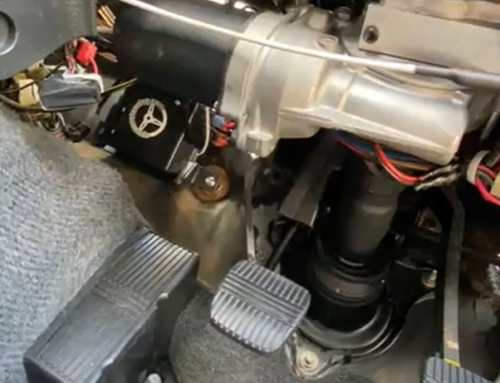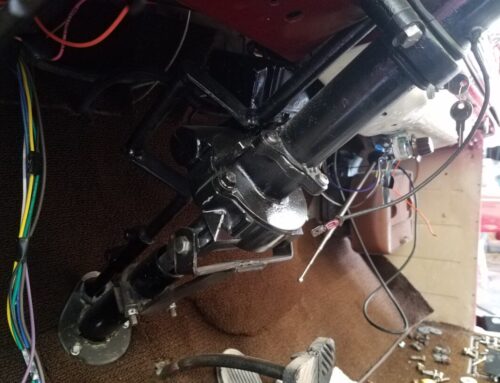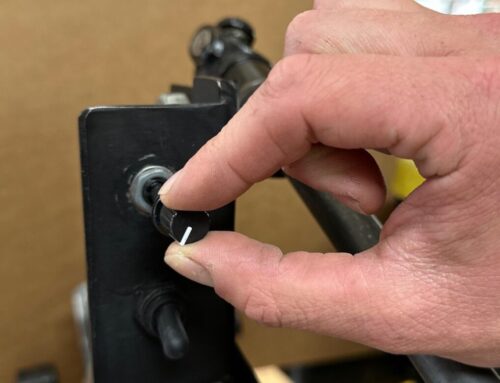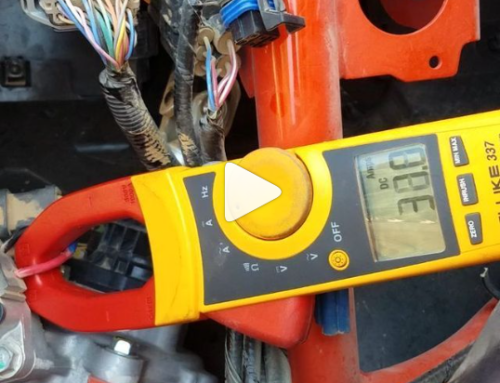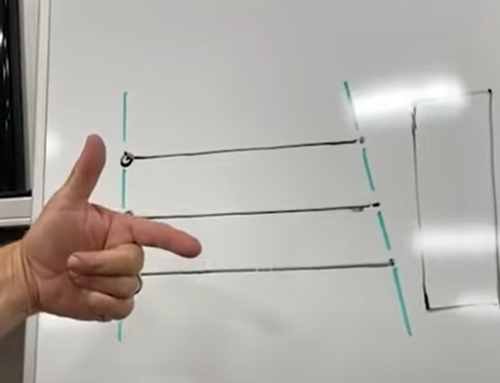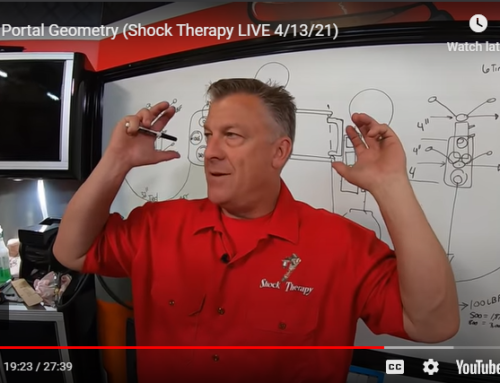There are many different parts inside of a power steering system. A power steering rack is a crucial component of a vehicle’s steering system, responsible for translating the driver’s steering input into the necessary movement of the wheels. Essentially, it’s a mechanism that converts the rotational motion of the steering wheel into linear motion, allowing for easier maneuverability and control, especially at lower speeds or when parking. Both EPS and Hydraulic systems use the power steering rack.
Electric power steering (EPS) relies on an electric motor to provide steering assistance and a traditional power steering rack operates hydraulically. In a hydraulic power steering system, the rack is connected to a hydraulic pump driven by the engine. When the driver turns the steering wheel, hydraulic fluid is pressurized and directed to the appropriate side of the rack, assisting in steering effort.
The key difference lies in the method of power assistance. While both systems aim to make steering easier for the driver, hydraulic power steering relies on fluid pressure generated by the engine, while electric power steering utilizes an electric motor for assistance. EPS systems are often praised for their efficiency, precision, and adaptability, offering benefits such as improved fuel economy, advanced integration with vehicle systems, and smoother operation.
Related Post:

Partnership with Shock Therapy
Provides our Can-Am X3 customers with an excellent bundle of both a new electric power steering and rack.

